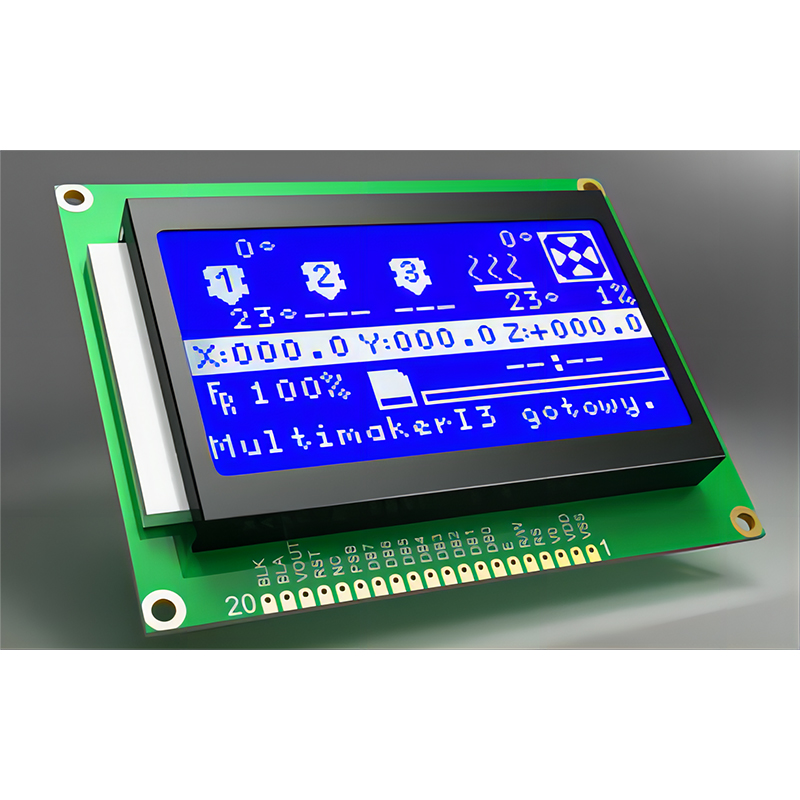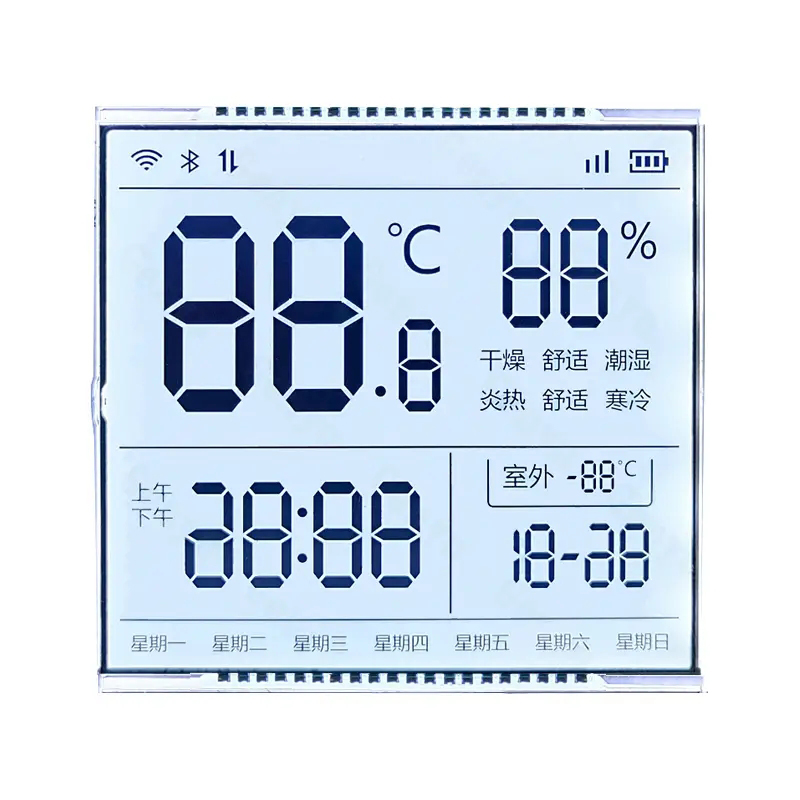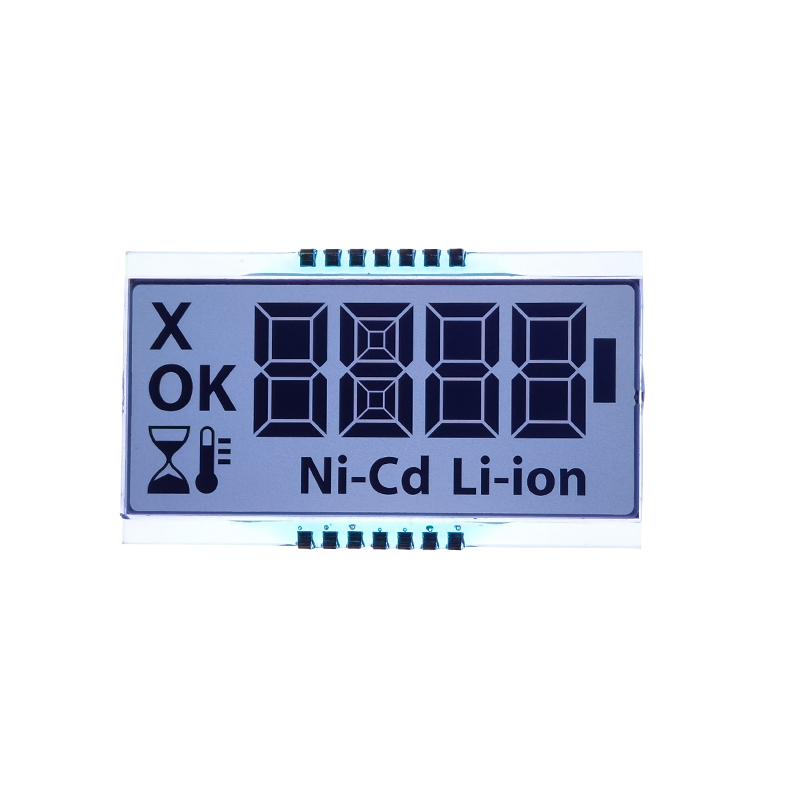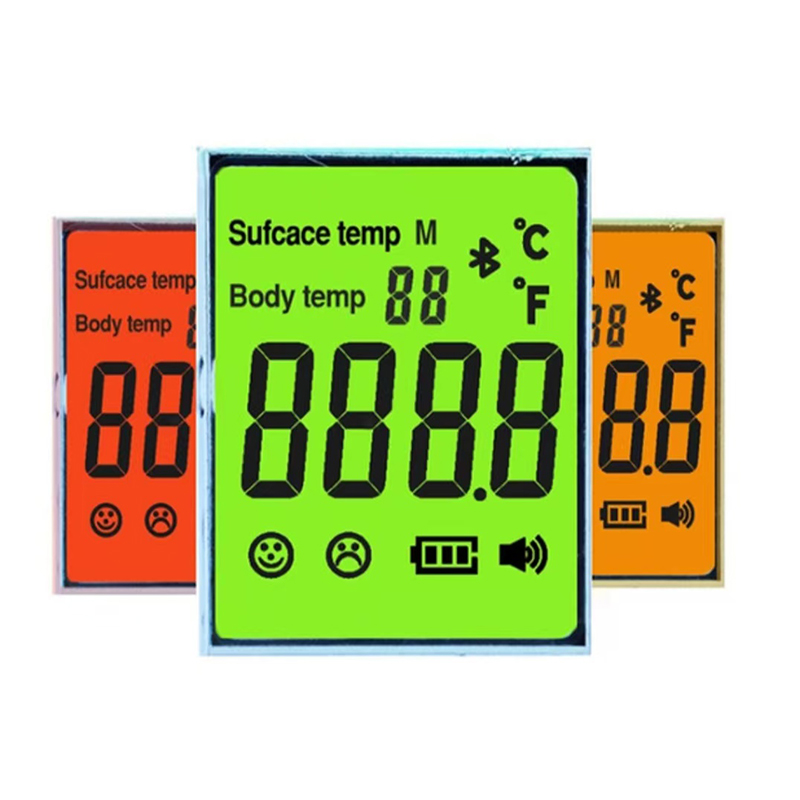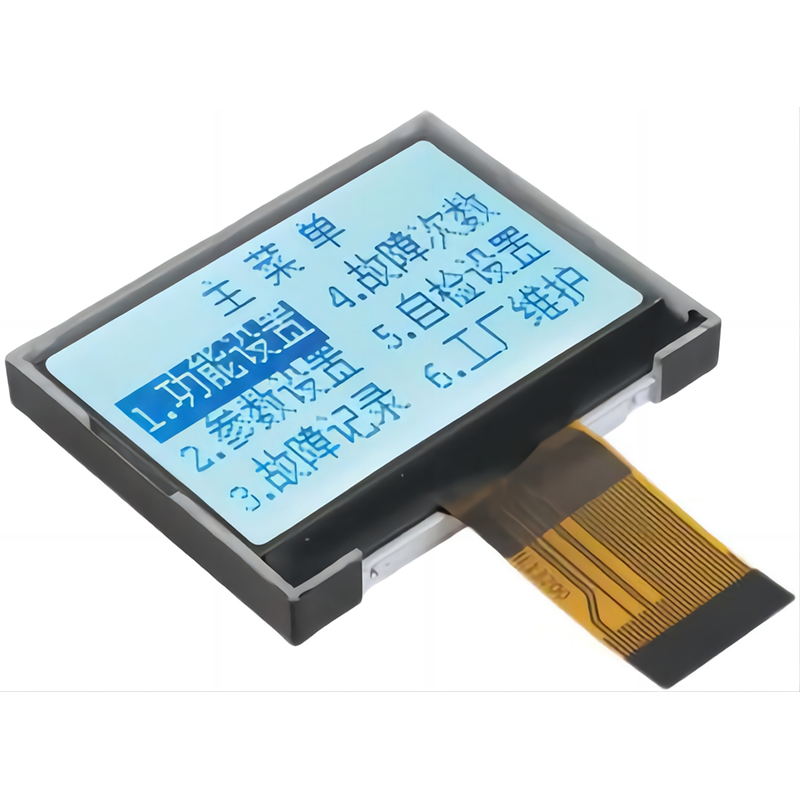
This comprehensive guide explores the IIC 1602 LCD, a common and versatile component used in various embedded systems. We'll cover its specifications, interfacing, programming, and common applications, providing practical examples and troubleshooting tips to help you integrate this display into your projects. Learn how to choose the right IIC 1602 LCD for your needs and master its functionality.
The IIC 1602 LCD (Liquid Crystal Display) is a 16-character by 2-line alphanumeric display commonly used in embedded systems for displaying text-based information. Unlike parallel interface LCDs, the IIC 1602 LCD utilizes the I2C (Inter-Integrated Circuit) communication protocol, simplifying the wiring and reducing the number of pins required for connection. This makes it particularly convenient for projects with limited microcontroller pins. The I2C protocol handles the communication efficiently, allowing for easy control and data transmission.
A typical IIC 1602 LCD module boasts several key features:
The exact specifications may vary slightly depending on the manufacturer. Always refer to the datasheet provided by your specific IIC 1602 LCD supplier. For high-quality IIC 1602 LCD modules and other display solutions, consider exploring the options available from Dalian Eastern Display Co., Ltd.
Connecting an IIC 1602 LCD to a microcontroller typically involves only two data lines (SDA and SCL) and two power lines (VCC and GND), thanks to its I2C interface. You'll need to consult your microcontroller's datasheet and the IIC 1602 LCD's datasheet for specific pin assignments. Correctly connecting the power and I2C lines is crucial for proper operation.
Programming an IIC 1602 LCD involves using an I2C library specific to your microcontroller. Most microcontroller platforms (Arduino, ESP32, Raspberry Pi) provide readily available libraries simplifying the process. These libraries handle the low-level I2C communication, allowing you to focus on sending commands and data to display text on the screen.
The exact code will vary based on the specific library used. However, the general process involves initializing the LCD, setting the cursor position, and sending the text you want displayed.
The IIC 1602 LCD finds application in various embedded systems, including:
If your IIC 1602 LCD isn't working correctly, check the following:
When selecting an IIC 1602 LCD, consider factors like backlight type, contrast, and the manufacturer's reputation. Compare datasheets to find a module that best suits your project's requirements.
Remember to always consult the datasheets for your specific microcontroller and IIC 1602 LCD module for detailed information and specifications.



